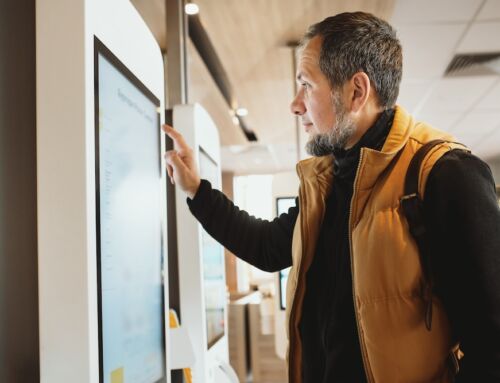Inclusivity is one of the watchwords of the modern world. Yet despite great strides being made in recent years to make workplaces and public spaces more accessible and welcoming to all, it’s clear we still have a long way to go.
One in five people still don’t think their place of work is inclusive, while half of employers don’t have a dedicated plan for improving inclusivity. In retail, one Microsoft-backed report found that 65% of disabled people feel their shopping choices are routinely hampered by barriers to accessibility. Similarly, 71% of guests in the hospitality sector believe more needs to be done to address accessibility issues for disabled people.
Inclusivity can be promoted in lots of different ways. But all of them boil down to more or less the same thing – removing barriers that prevent people getting a fair and equal opportunity. These barriers might be physical, they might be cultural, they might be technological. But whatever form they come in, without action they will continue to hamper efforts to make our world a more equitable place.
Technology has a role to play in breaking down these barriers. One of the reasons self-service kiosks have grown to be so popular is because they provide choice and flexibility of options where neither of those things previously existed. Choice and flexibility are both critical to improving inclusivity – adapting to the needs of different people, providing different options to suit those differing needs.
Kiosks naturally provide an intuitive and user-friendly means of accessing information and services. With further design adaptations, they can provide inclusive, accessible, customisable touchpoints that support the needs of all people. Here’s how.
Adaptations for the visually impaired
Like all devices that rely primarily on a graphic user interface (GUI), one of the main accessibility challenges for kiosks is adapting them so they are suitable for people with visual impairments. Options range from text-to-speech functionality to tactile keypads and Braille labels, ensuring equal access to services for anyone who can’t see the standard kiosk touchscreen.
Assistive technology for the physically disabled
Self-service kiosks can integrate with assistive technologies like screen readers, switch controls, or sip-and-puff devices which empower individuals with motor impairments and other physical disabilities to navigate digital interfaces effectively, promoting independent use.
Clarity and simplicity in interface design
Being able to see and physically manipulate a touchscreen does not automatically mean a person can use it. Truly inclusive kiosk design has to also account for users who are neurodivergent or have specific types of cognitive impairment which make interactions with brightly lit screens difficult. Simple, clear interface designs that have obvious visual cues, logical layouts and avoid unnecessary clutter or overuse of colours and animations go a long way to supporting a wide range of different users.
Multilingual support
One topic that is easily overlooked when considering accessibility and ease of use for all is the fact that English might not be the first language of lots of users. Providing multilingual interfaces that allow users to select their preferred language will enhance inclusivity for tourists, migrant workers, and other non-native speakers, providing a service option where verbal communication is tricky because of language barriers.




